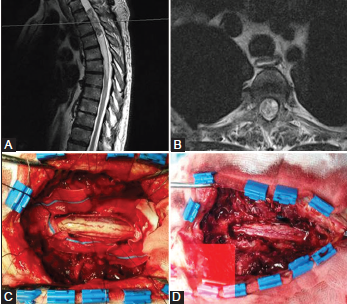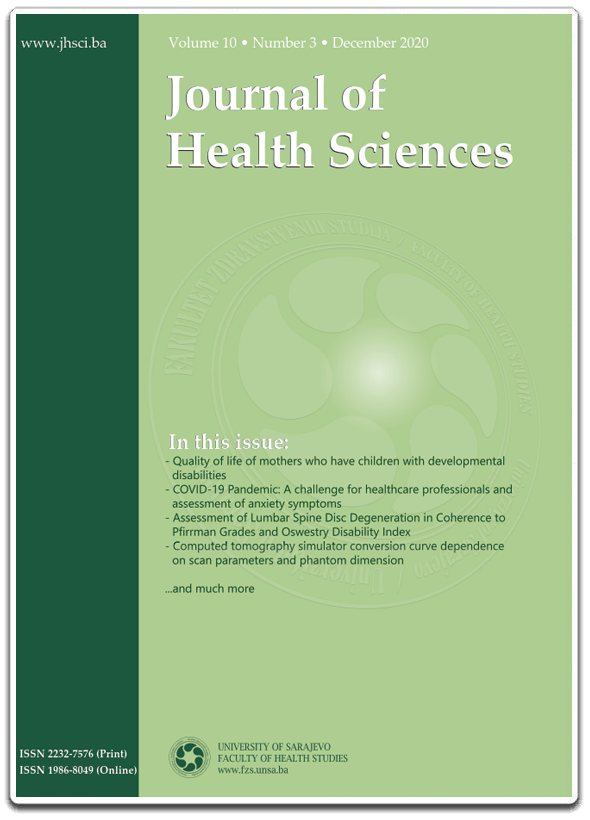Long-term treatment outcomes of spinal intradural tumors: A 10-year cohort study in Zenica-Doboj Canton
DOI:
https://doi.org/10.17532/jhsci.2025.2821Keywords:
Spine, neoplasm, restricted resourcesAbstract
Introduction: Despite the presence of various constraints, Bosnia and Herzegovina has managed to establish healthcare services in the field of spinal surgery. Limiting factors associated with resource scarcity and a shortage of neurosurgeons may pose challenges, but they are not insurmountable in the context of spinal tumor surgery. This study aims to provide a comprehensive 10-year analysis of intradural spinal tumors in resource-constrained healthcare settings and assess surgical outcomes in these challenging environments.
Methods: A retrospective study was conducted involving 39 patients with intradural spinal tumors in Zenica-Doboj Canton, Bosnia and Herzegovina, from 2011 to 2021. Patients underwent neurological examinations and spinal magnetic resonance imaging scans, followed by post-surgery assessments at 3 and 6 months using the McCormick scale.
Results: Among the 39 patients, tumor distribution was as follows: meningioma (15, 38.5%), ependymoma (3, 7.7%), schwannoma (11, 28.2%), neurenteric cyst (1, 2.6%), primary melanoma (2, 5.1%), lipoma (1, 2.6%), and metastasis (6, 15.4%) (p < 0.001). A majority of patients reported localized and radicular pain (37, 94.9%, p < 0.001) and paresthesia (33, 84.6%, p < 0.001). Motor weakness was noted in 20 (51.3%) patients, while sphincteric dysfunction was reported by 17 (43.6%) patients. The average symptom duration was 397.9 ± 380.9 days, ranging from 14 to 1460 days (p < 0.001). Pneumonia and liquorrhea were reported by 1 (2.6%) patient each. Regarding mortality, 1 (2.6%) patient passed away within a 6-month follow-up period (p < 0.001), and 2 (5.1%) patients were diagnosed with primary malignant melanoma. Significant improvements in McCormick scores were observed between postoperative and 3-month assessments (p < 0.001) and between 3-month and 6-month assessments (p = 0.024).
Conclusions: This study offers valuable insights into the management of intradural spinal tumors in resource-constrained healthcare settings. Timely diagnosis and surgical intervention are essential for achieving positive patient outcomes in these challenging environments.
Downloads

Downloads
Published
License
Copyright (c) 2025 Haso Sefo, Hakija Bečulić, Rasim Skomorac, Fahrudin Alić, Emir Begagić, Ermin Hadžić, Mirza Pojskić

This work is licensed under a Creative Commons Attribution 4.0 International License.










